Home>Home Appliances>Home Automation Appliances>How To Connect To Google Home
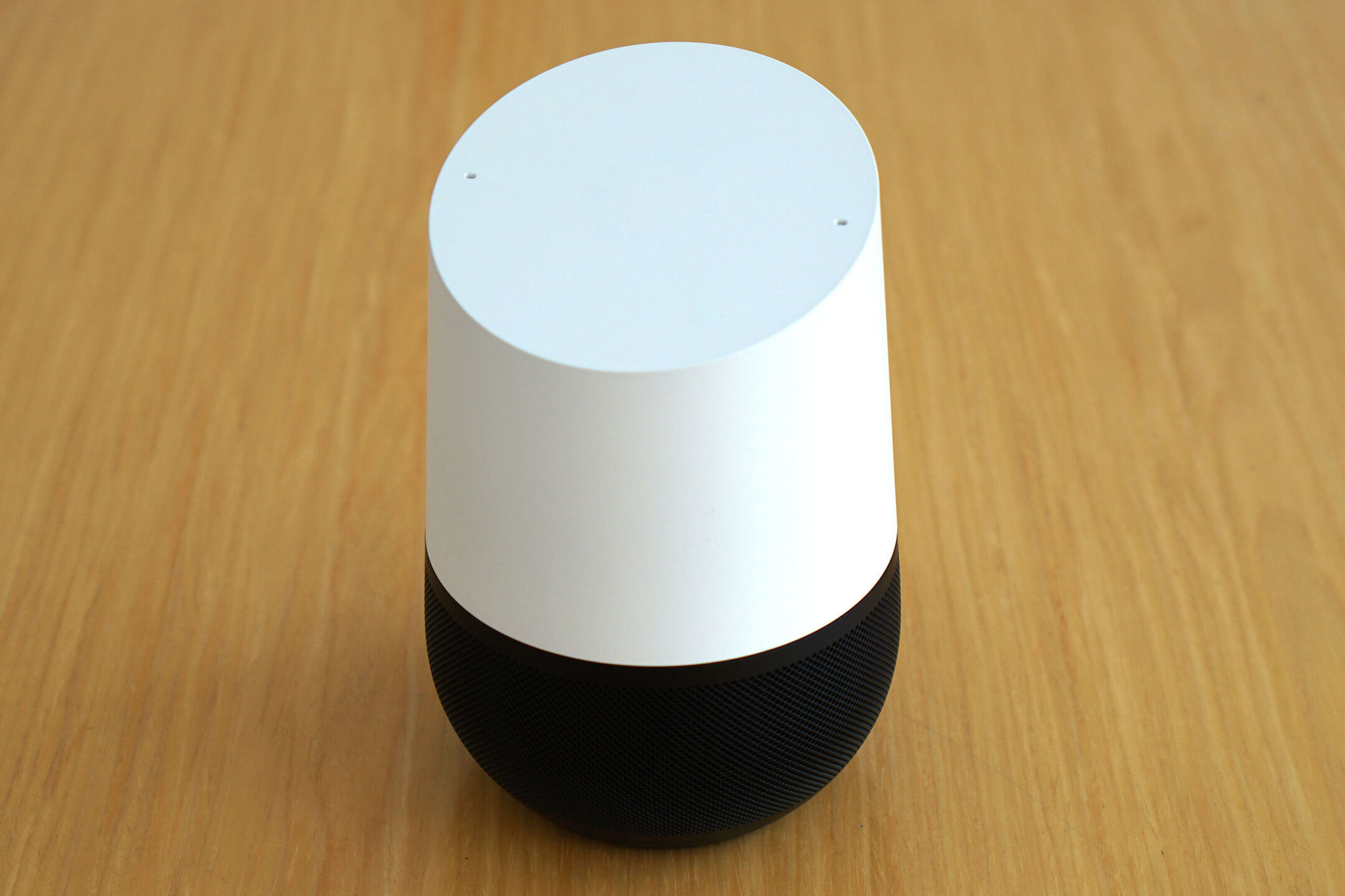

Home Automation Appliances
How To Connect To Google Home
Modified: February 18, 2024
Learn how to connect to Google Home and control your home automation appliances with ease. Discover the best tips and tricks for seamless integration. Unlock the full potential of your smart home setup today!
(Many of the links in this article redirect to a specific reviewed product. Your purchase of these products through affiliate links helps to generate commission for Storables.com, at no extra cost. Learn more)
Introduction
Welcome to the future of smart living! In today's world, the integration of technology into our daily lives has reached unprecedented levels, revolutionizing the way we interact with our surroundings. One of the most remarkable advancements in this realm is the emergence of smart home devices, designed to simplify and enhance various aspects of our domestic routines. Among these innovative gadgets, Google Home stands out as a versatile and intuitive tool that seamlessly integrates with a wide array of smart appliances and services.
Google Home serves as a central hub for controlling smart home devices, managing daily tasks, and accessing a wealth of information through voice commands. With its sleek design and cutting-edge capabilities, Google Home has become a staple in modern households, offering unparalleled convenience and connectivity. Whether you're a tech enthusiast or a casual user, the prospect of harnessing the power of Google Home to streamline your daily activities is undeniably intriguing.
In this comprehensive guide, we will delve into the process of setting up and connecting to Google Home, providing you with valuable insights and practical tips to maximize your experience. From the initial setup to troubleshooting common connection issues, we've got you covered every step of the way. By the end of this journey, you'll be well-equipped to harness the full potential of Google Home, transforming your living space into a smart and efficient oasis of modernity.
So, without further ado, let's embark on this enlightening exploration of Google Home, unraveling the intricacies of connectivity and unleashing the boundless possibilities that await within the realm of smart home technology. Get ready to elevate your living environment to new heights of convenience and sophistication with Google Home as your trusted digital companion.
Key Takeaways:
- Google Home is a versatile smart device that seamlessly integrates with various appliances and services, offering convenience and connectivity in modern households.
- Setting up and connecting to Google Home is a straightforward process, unlocking a world of smart connectivity, entertainment, and assistance for a harmonious living environment.
Read more: How To Connect A Google Home
Setting Up Google Home
Before immersing yourself in the seamless connectivity and convenience offered by Google Home, the initial setup process lays the foundation for a smooth and enjoyable user experience. Whether you're unboxing your brand-new Google Home device or embarking on the setup journey for the first time, the following steps will guide you through the process with ease.
Unboxing and Powering Up:
- Upon unboxing your Google Home, you'll be greeted by its sleek and modern design, exuding an aura of sophistication and functionality. Carefully remove the device from its packaging, ensuring that all accompanying components, such as the power adapter and cable, are readily accessible.
- Locate a suitable placement for your Google Home within your living space, ideally in a central area to maximize its coverage and accessibility. Once you've identified the perfect spot, connect the power cable to your Google Home device and plug it into a power outlet.
- Upon powering up your Google Home, you'll be greeted by a series of visual and auditory cues, signaling that the device is ready to be configured. The pulsating lights and welcoming tones signify the beginning of the setup process, setting the stage for a seamless transition into the world of smart connectivity.
Installation and Configuration:
- Now that your Google Home is powered up and ready to go, it's time to initiate the installation and configuration process. To begin, ensure that your smartphone or tablet is connected to the same Wi-Fi network that you intend to use for your Google Home device.
- Download and launch the Google Home app on your mobile device, initiating the setup wizard that will seamlessly guide you through the necessary steps to configure your Google Home. Follow the on-screen instructions, allowing the app to detect and connect to your Google Home device.
- As part of the setup process, you'll be prompted to link your Google account to your Google Home, enabling personalized access to your calendar, reminders, and other relevant information. This integration facilitates a tailored user experience, aligning Google Home with your unique preferences and requirements.
- Throughout the setup wizard, you'll have the opportunity to customize various settings, such as the preferred language, Wi-Fi network, and the room where your Google Home is located. These personalized configurations ensure that Google Home seamlessly integrates into your living environment, catering to your specific needs and preferences.
By following these straightforward steps, you can embark on your journey with Google Home, laying the groundwork for a harmonious and efficient smart home experience. With the initial setup process complete, you're now poised to explore the myriad capabilities and connectivity options offered by Google Home, seamlessly integrating it into your daily routines and reaping the benefits of smart living.
Connecting to Google Home
With the initial setup process successfully completed, you’re now ready to delve into the seamless connectivity and boundless possibilities offered by Google Home. Whether you’re eager to control smart devices, access information, or enjoy entertainment options, connecting to Google Home opens the door to a world of convenience and innovation. Let’s explore the various avenues through which you can harness the full potential of Google Home’s connectivity.
Smart Home Device Integration:
Google Home serves as a centralized control hub for a wide array of smart home devices, allowing you to seamlessly manage and interact with your connected appliances, lights, thermostats, and more. By linking compatible smart devices to your Google Home, you can wield the power of voice commands to adjust settings, initiate actions, and orchestrate a harmonious living environment. The Google Home app provides a user-friendly interface for integrating and managing your smart home ecosystem, empowering you to customize and optimize your connected devices with ease.
Voice Commands and Actions:
One of the defining features of Google Home is its intuitive and responsive voice command capabilities. By simply addressing Google Home with a wake phrase, such as “Hey Google” or “OK Google,” you can initiate a wide range of actions and queries. Whether you’re seeking weather updates, setting reminders, or playing your favorite music, Google Home’s voice commands offer a hands-free and seamless approach to accessing information and controlling your connected devices. The natural language processing capabilities of Google Assistant, integrated within Google Home, enable fluid and conversational interactions, enhancing the overall user experience.
Music and Entertainment:
Connecting to Google Home unlocks a treasure trove of entertainment options, allowing you to enjoy your favorite music, podcasts, and radio stations with unparalleled convenience. By linking your preferred music streaming services, such as Spotify, YouTube Music, or Pandora, to your Google Home, you can effortlessly command the device to play specific songs, artists, or playlists, creating a dynamic and immersive audio experience within your living space. Additionally, Google Home’s compatibility with various entertainment devices, such as Chromecast, enables seamless control over your media playback, offering a seamless and integrated entertainment ecosystem.
Information and Assistance:
Through its seamless connectivity to the vast resources of the internet, Google Home serves as a gateway to a wealth of information and assistance. Whether you’re seeking answers to general knowledge questions, inquiring about the latest news updates, or exploring recipe ideas, Google Home’s connectivity empowers you to access and leverage the expansive knowledge base of the web with effortless voice commands. Furthermore, Google Home’s integration with your Google account enables personalized assistance, such as calendar reminders, commute updates, and tailored recommendations, enhancing your productivity and organization.
By embracing the myriad connectivity options offered by Google Home, you can seamlessly integrate this innovative smart device into your daily routines, unlocking a world of convenience, entertainment, and efficiency. The seamless connectivity and intuitive interactions facilitated by Google Home empower you to elevate your living space into a harmonious and technologically advanced environment, where your preferences and needs are effortlessly catered to through the power of smart connectivity.
To connect to Google Home, open the Google Home app on your phone, tap “Add” and then “Set up device.” Follow the on-screen instructions to connect your Google Home to your Wi-Fi network.
Troubleshooting Connection Issues
While Google Home is designed to seamlessly integrate into your smart home ecosystem and provide a frictionless user experience, occasional connectivity issues may arise. Whether you encounter difficulties in connecting to smart devices, experiencing intermittent network disruptions, or encountering unresponsive behavior, troubleshooting connection issues is essential to ensure the optimal performance of your Google Home device. Let’s explore some common connection issues and practical troubleshooting steps to address them effectively.
Wi-Fi Connectivity:
If your Google Home device is experiencing Wi-Fi connectivity issues, the first step is to verify the stability and strength of your Wi-Fi network. Ensure that your Google Home is within the range of a reliable Wi-Fi signal, free from interference or obstructions. If connectivity issues persist, consider rebooting your Wi-Fi router and checking for any firmware updates or settings that may impact the performance of your network. Additionally, verifying that your Google Home is connected to the correct Wi-Fi network within the Google Home app can help resolve connectivity discrepancies.
Smart Device Integration:
When encountering challenges in connecting or controlling smart devices through Google Home, it’s essential to confirm the compatibility and integration status of the devices in question. Ensure that your smart devices are compatible with Google Home and that they are properly linked and configured within the Google Home app. Troubleshooting individual smart devices for firmware updates, power supply issues, or network connectivity problems can also aid in resolving integration issues with Google Home.
Software Updates:
Regular software updates are crucial for maintaining the optimal performance and connectivity of your Google Home device. If you encounter connectivity issues, ensure that your Google Home and the Google Home app are running the latest software versions. Updating the firmware of your smart home devices, as well as ensuring compatibility with the Google Home ecosystem, can mitigate potential connectivity challenges stemming from outdated software or compatibility discrepancies.
Network Security and Settings:
Network security protocols, such as firewalls, access controls, and network isolation settings, may impact the connectivity and communication between your Google Home device and other smart devices. Review and adjust your network security settings to ensure that Google Home and your smart devices can communicate seamlessly within your network environment. Additionally, verifying that your Wi-Fi network is configured to support the necessary protocols and frequencies for optimal smart home connectivity can alleviate potential connection issues.
Reset and Reconfiguration:
If persistent connectivity issues persist despite troubleshooting efforts, performing a reset of your Google Home device and reconfiguring it from scratch can serve as a last resort to address underlying connectivity challenges. Before initiating a reset, ensure that you have backed up any essential settings or preferences within the Google Home app to facilitate a smooth reconfiguration process. By resetting and reconfiguring your Google Home, you can address potential software glitches or configuration discrepancies that may hinder its connectivity.
By addressing connectivity issues with a methodical and proactive approach, you can optimize the performance and reliability of your Google Home device, ensuring that it seamlessly integrates into your smart home environment and delivers the unparalleled convenience and connectivity it promises. Troubleshooting connection issues empowers you to harness the full potential of Google Home, transforming your living space into a harmonious and technologically advanced domain of modern living.
Conclusion
As we conclude our exploration of Google Home and its myriad capabilities, it’s evident that this innovative smart device has redefined the concept of modern living, offering unparalleled convenience and connectivity within the realm of smart home technology. The seamless integration of Google Home into your living space empowers you to streamline daily routines, access information effortlessly, and orchestrate a harmonious environment through intuitive voice commands and smart device control.
By embarking on the journey of setting up and connecting to Google Home, you’ve laid the foundation for a transformative smart living experience, where the boundaries between technology and convenience dissolve seamlessly. The initial setup process, encompassing unboxing, installation, and configuration, serves as the gateway to a world of smart connectivity, aligning Google Home with your preferences and living environment.
Connecting to Google Home unveils a tapestry of possibilities, from controlling smart devices and accessing entertainment to leveraging voice commands for information and assistance. The seamless integration of Google Home with a diverse array of services and devices empowers you to curate a living space that resonates with your individual needs and preferences, fostering an environment of efficiency and modernity.
Furthermore, our exploration of troubleshooting connection issues underscores the proactive approach required to maintain the optimal performance of your Google Home device. By addressing common connectivity challenges with diligence and technical acumen, you can ensure that Google Home continues to enrich and elevate your living space with its seamless connectivity and intuitive interactions.
As you navigate the realm of smart living with Google Home as your trusted digital companion, remember that the possibilities for customization, connectivity, and convenience are boundless. Whether you’re orchestrating your smart home ecosystem, accessing information with a simple voice command, or immersing yourself in a world of entertainment, Google Home serves as the linchpin of a modern and connected living environment.
In closing, the integration of Google Home into your daily routines and living space transcends the realm of technology, offering a seamless and intuitive approach to modern living. Embrace the connectivity, convenience, and innovation that Google Home embodies, and embark on a journey where your living space becomes a testament to the harmonious fusion of technology and lifestyle.
Frequently Asked Questions about How To Connect To Google Home
Was this page helpful?
At Storables.com, we guarantee accurate and reliable information. Our content, validated by Expert Board Contributors, is crafted following stringent Editorial Policies. We're committed to providing you with well-researched, expert-backed insights for all your informational needs.
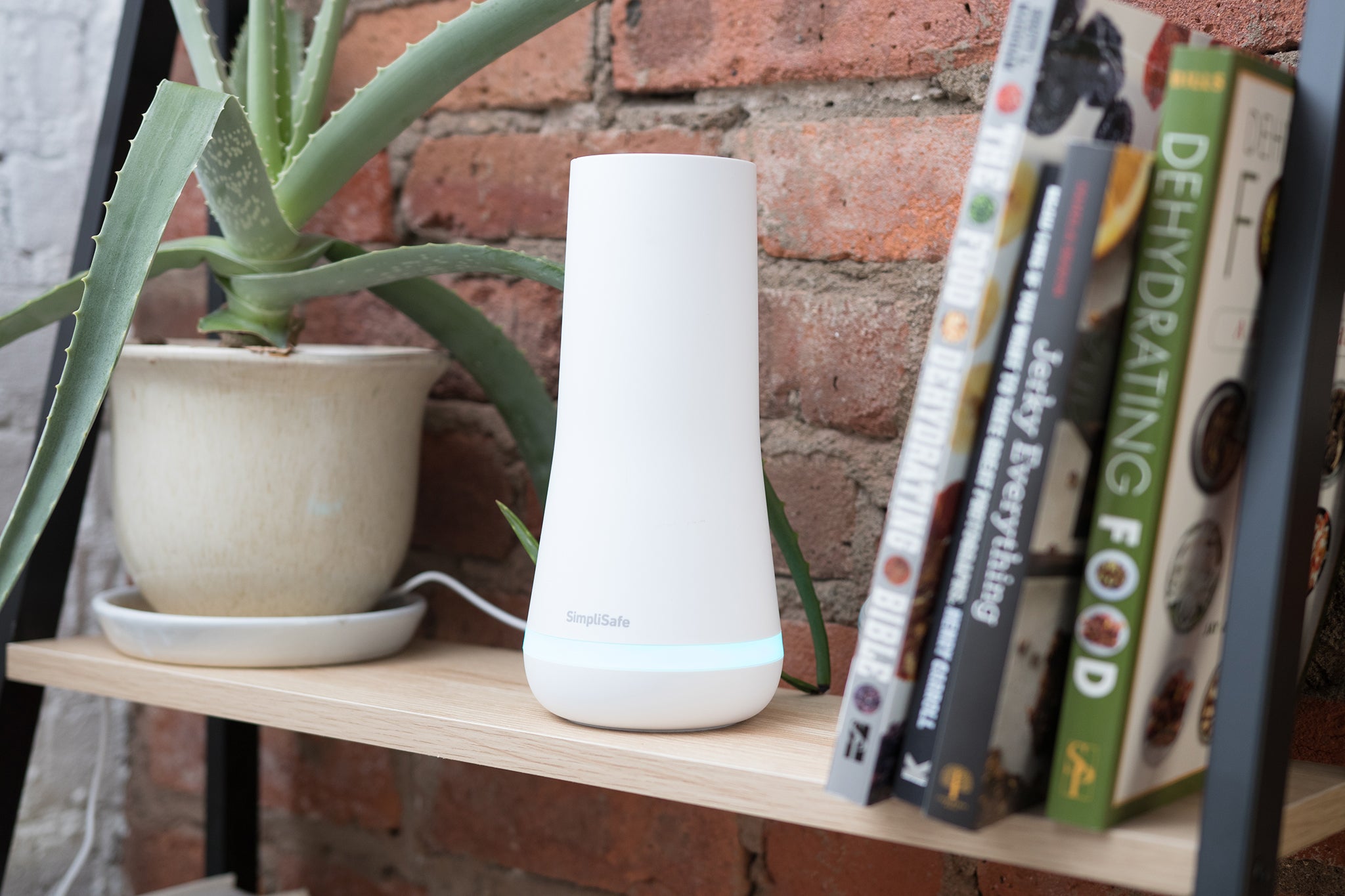
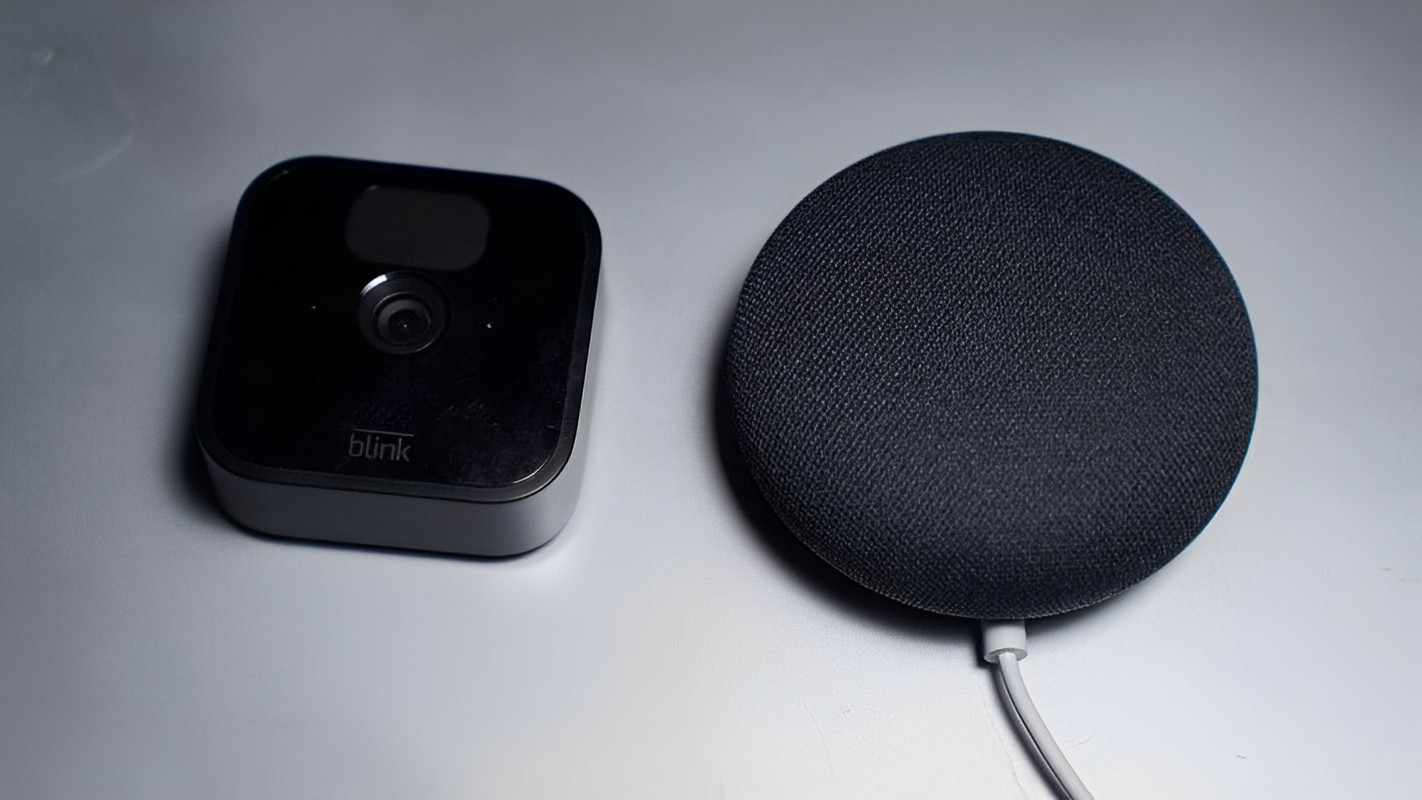
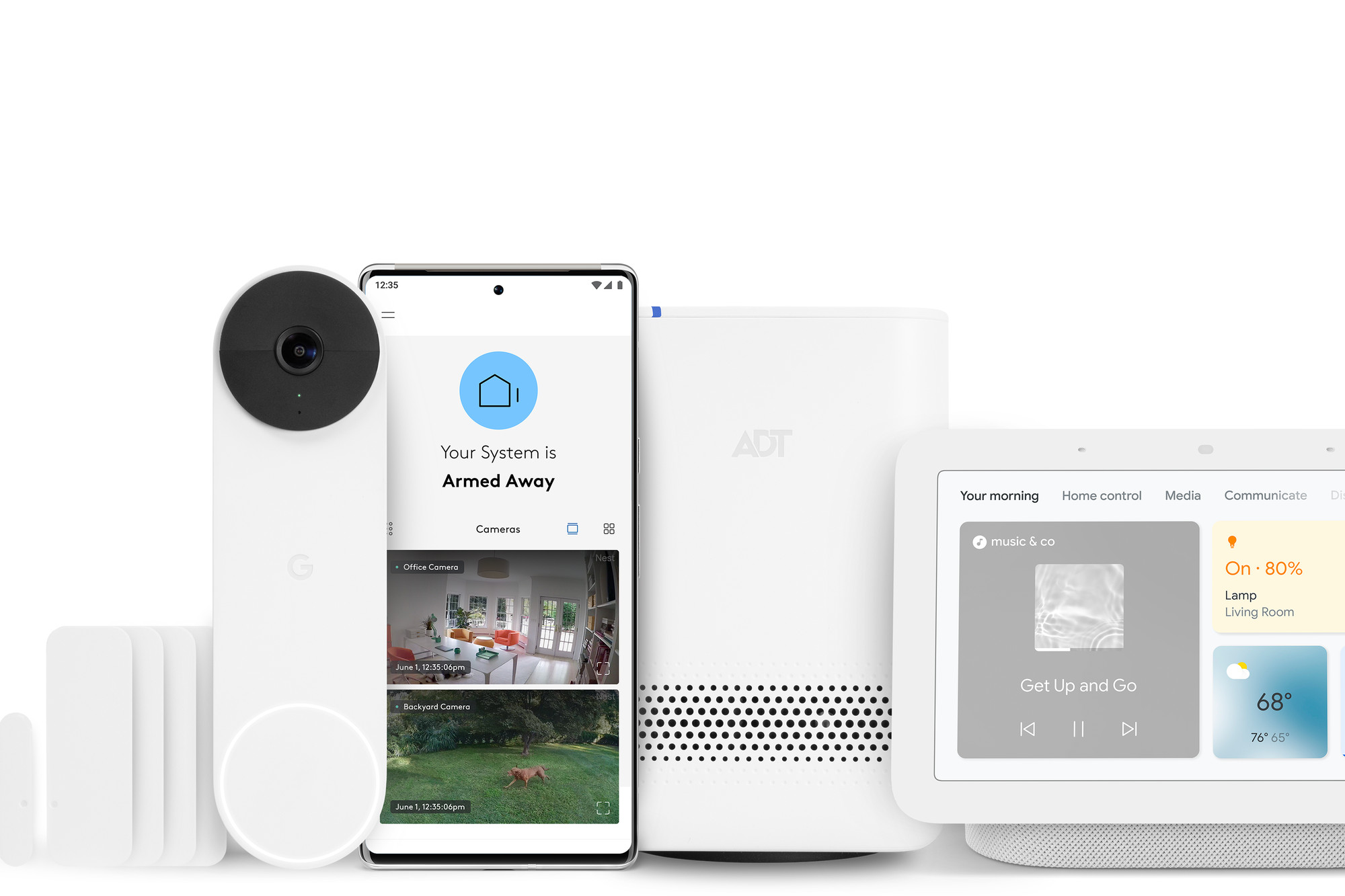
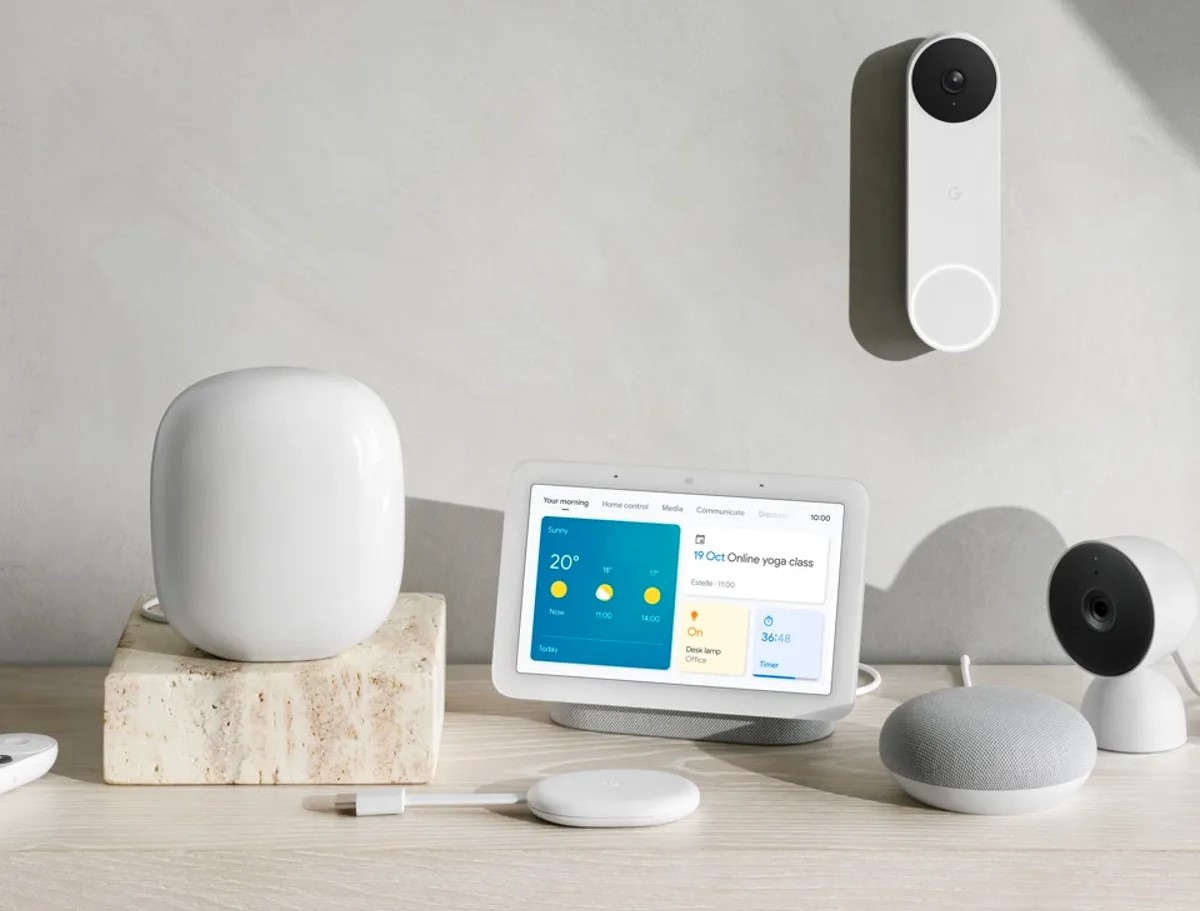
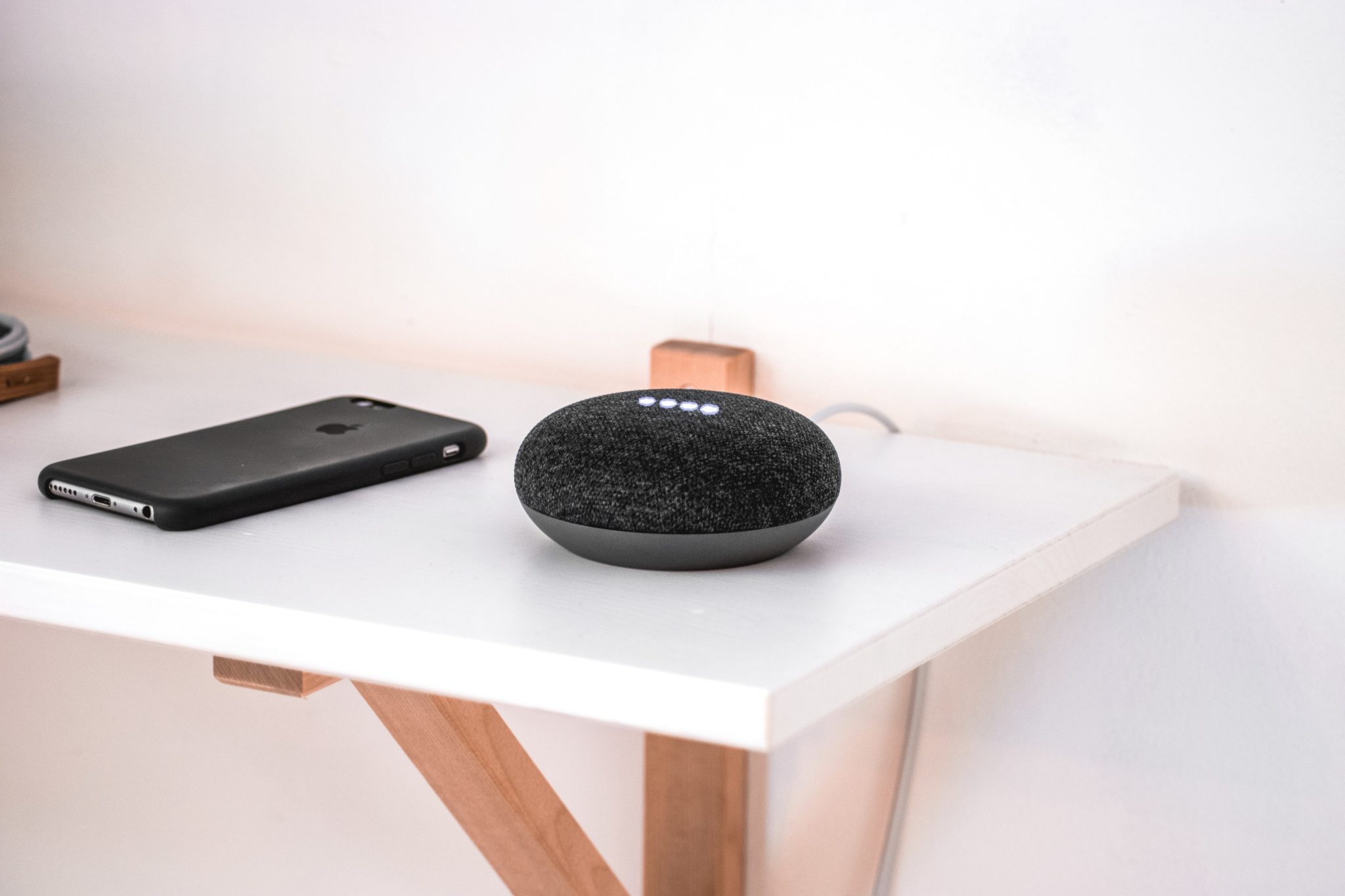
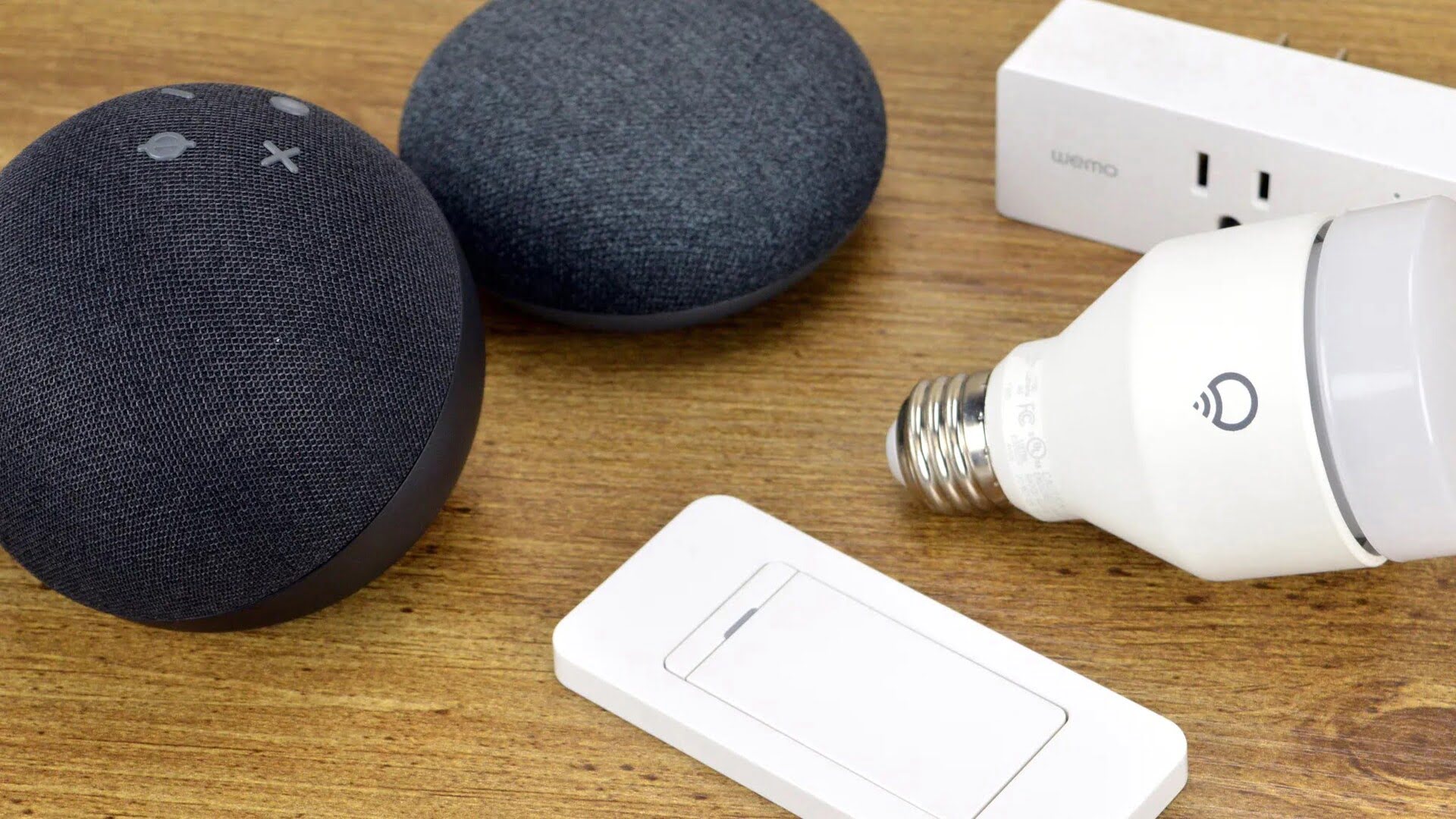
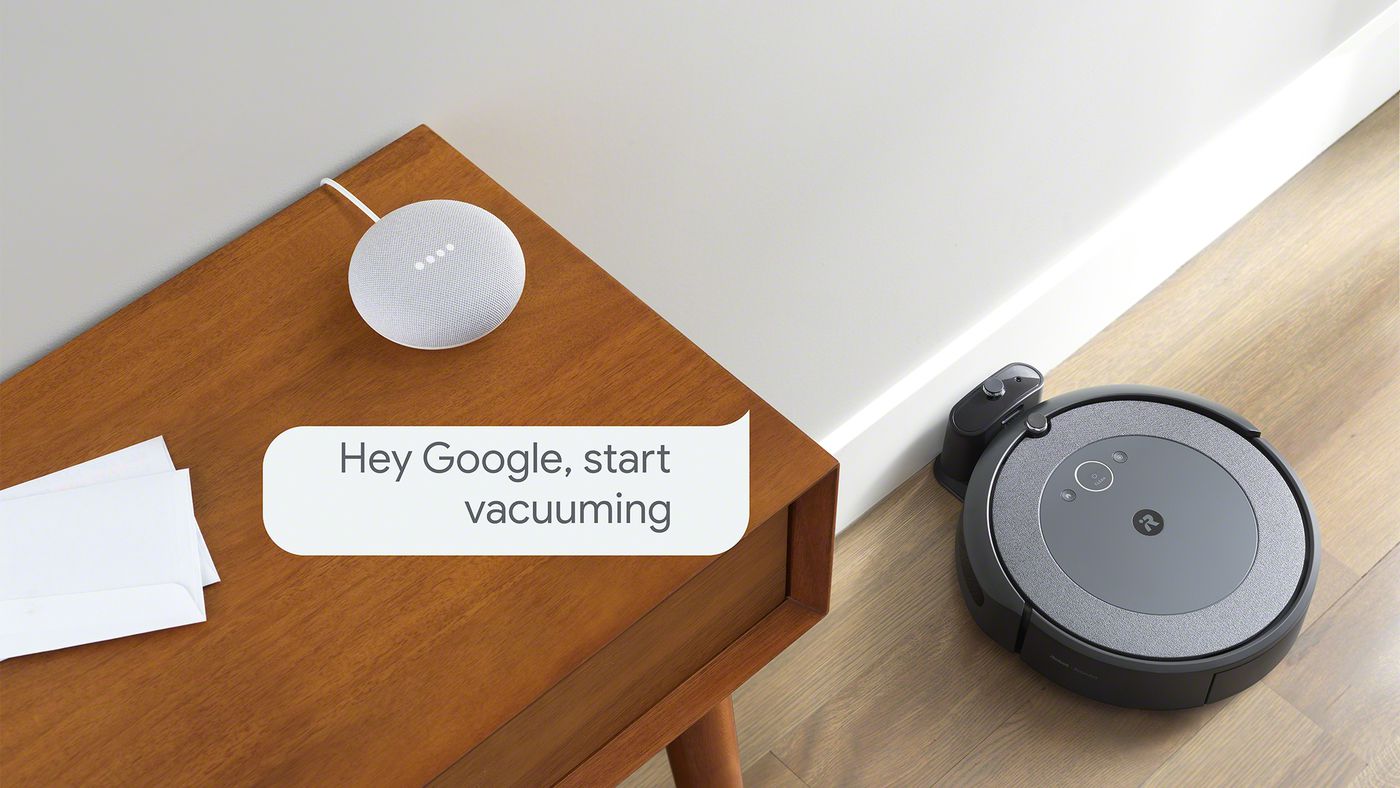
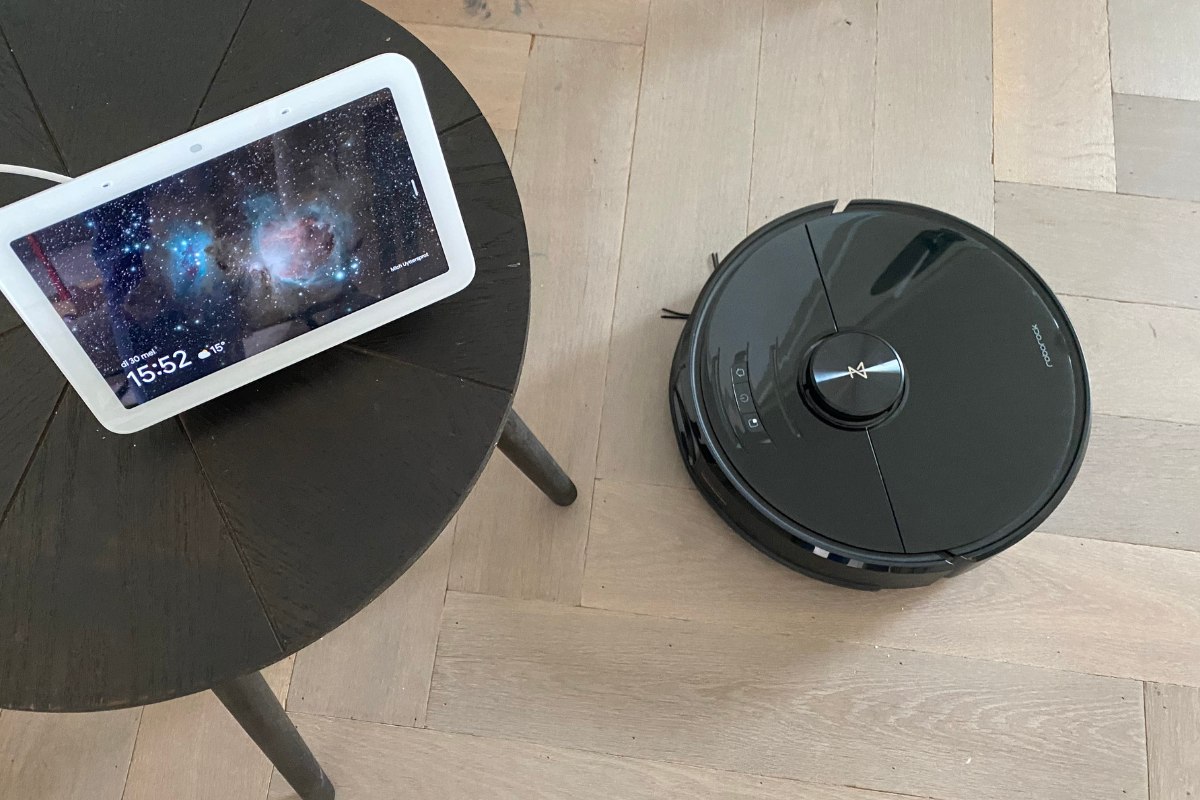
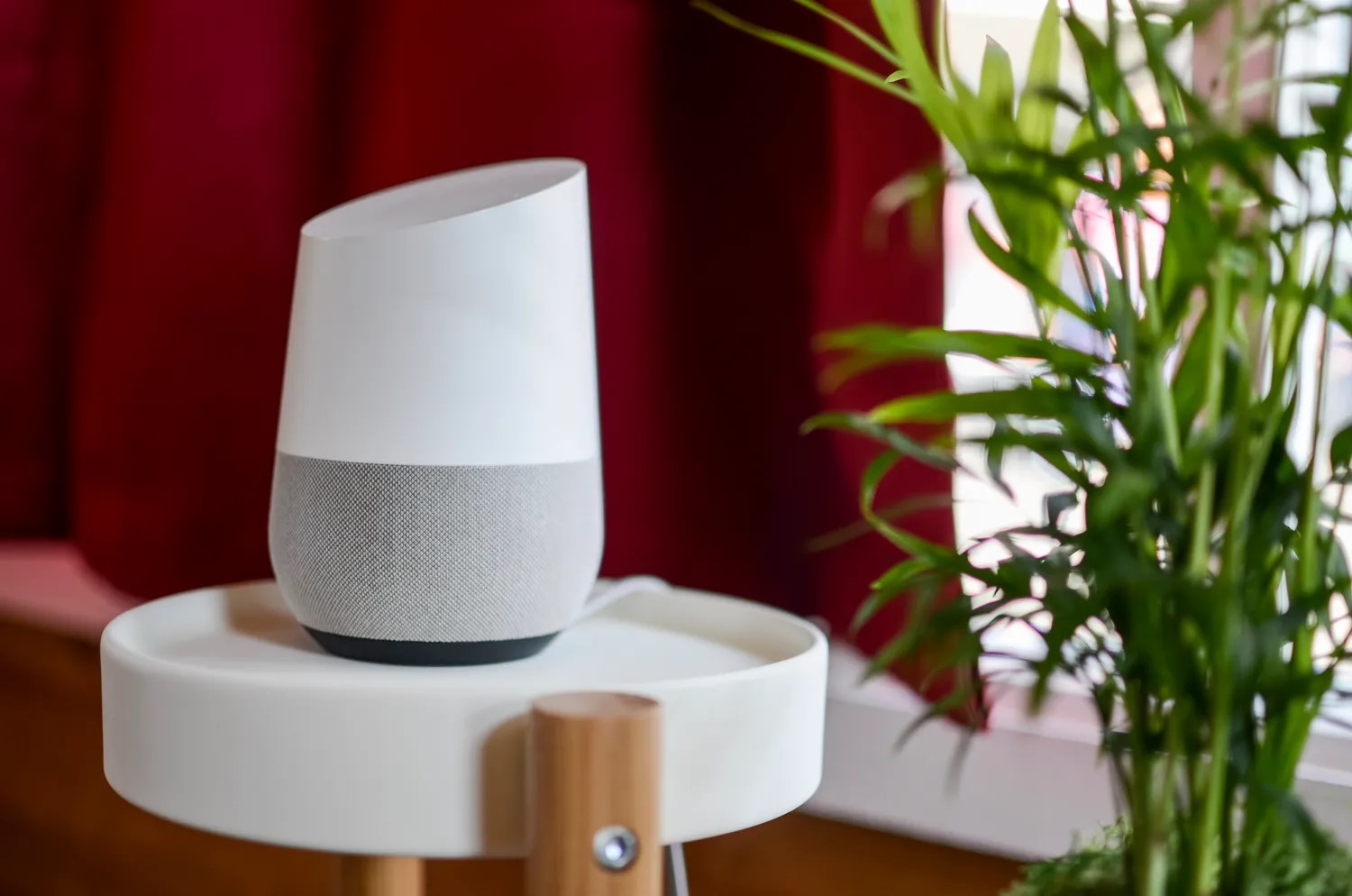
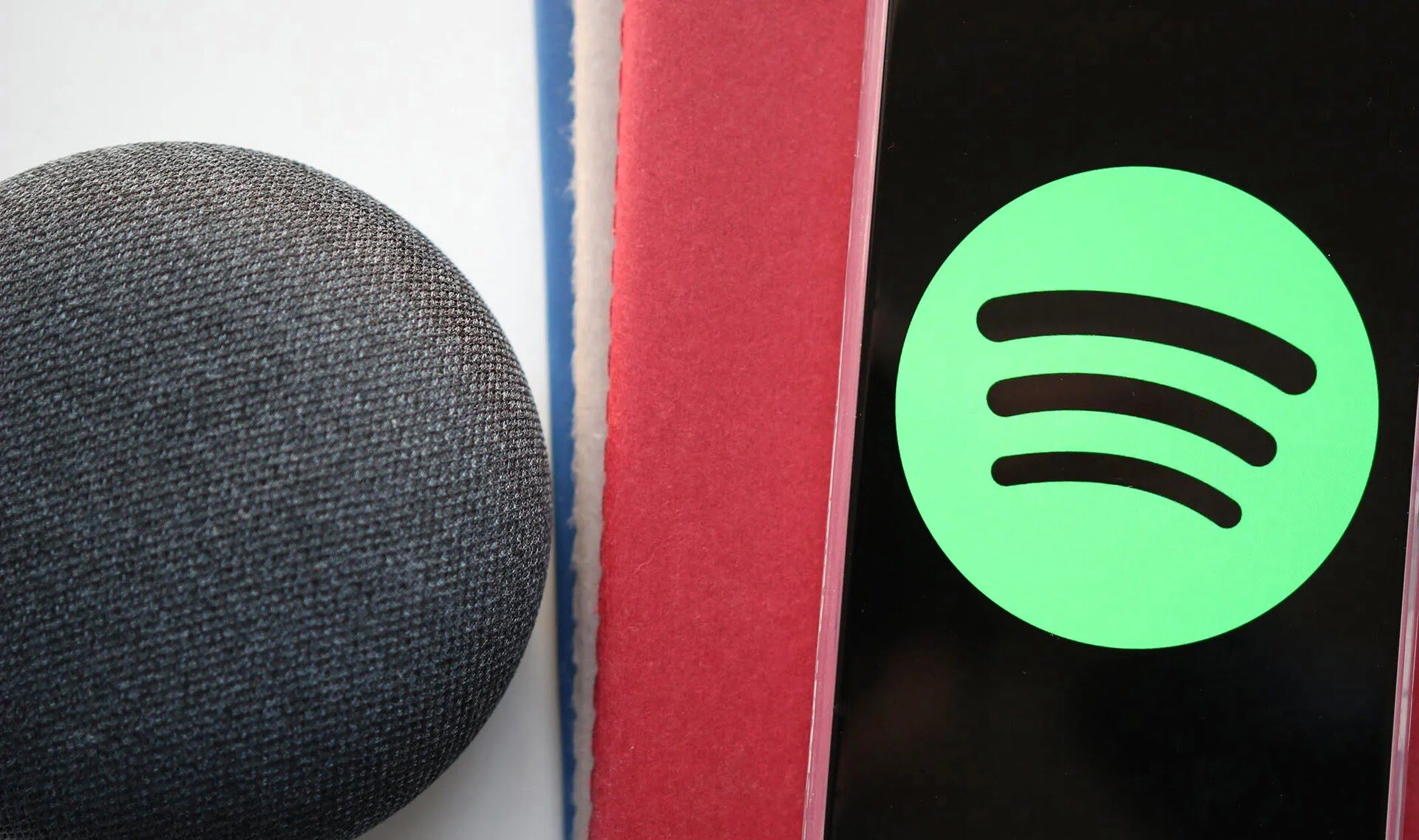
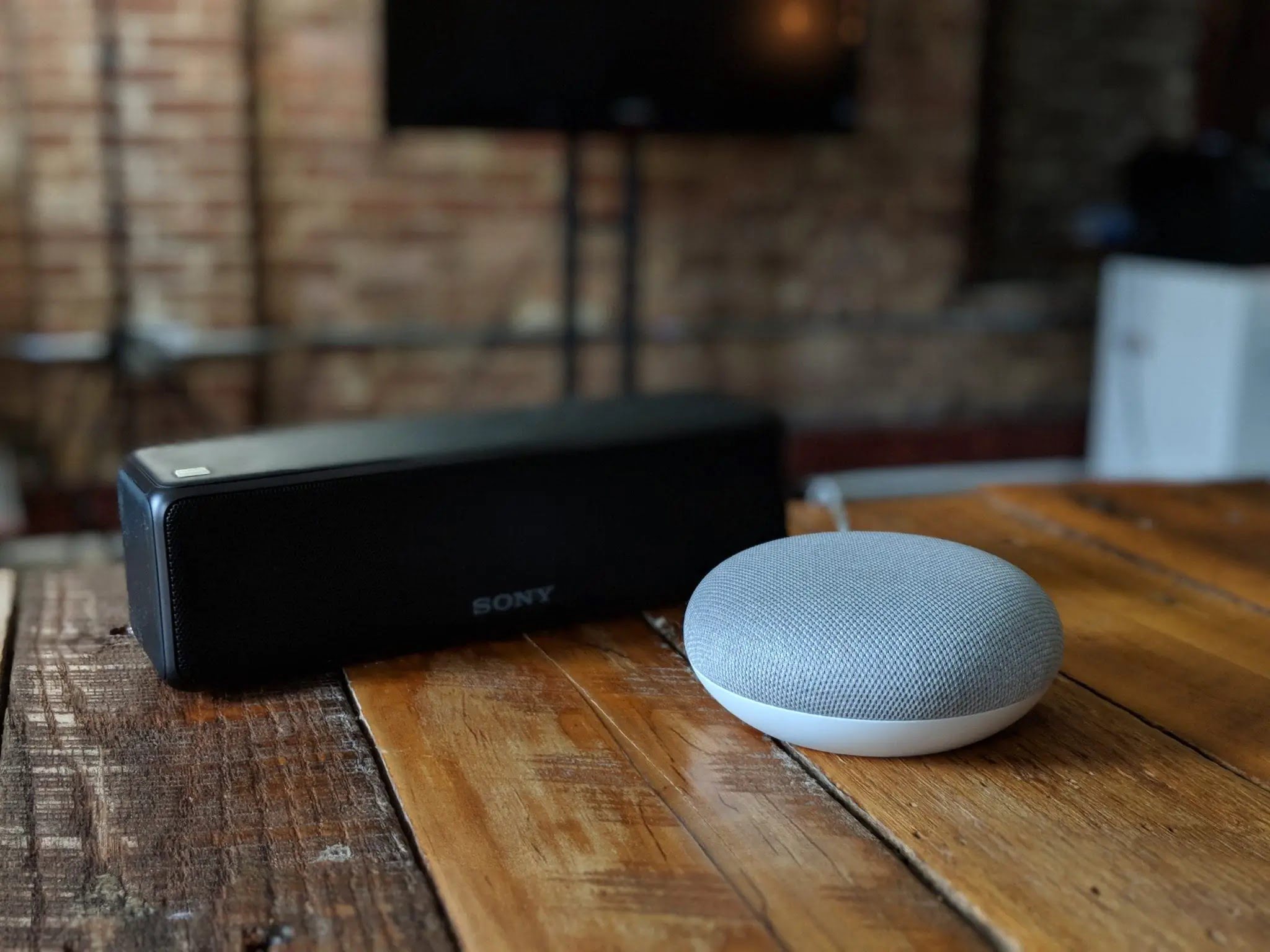
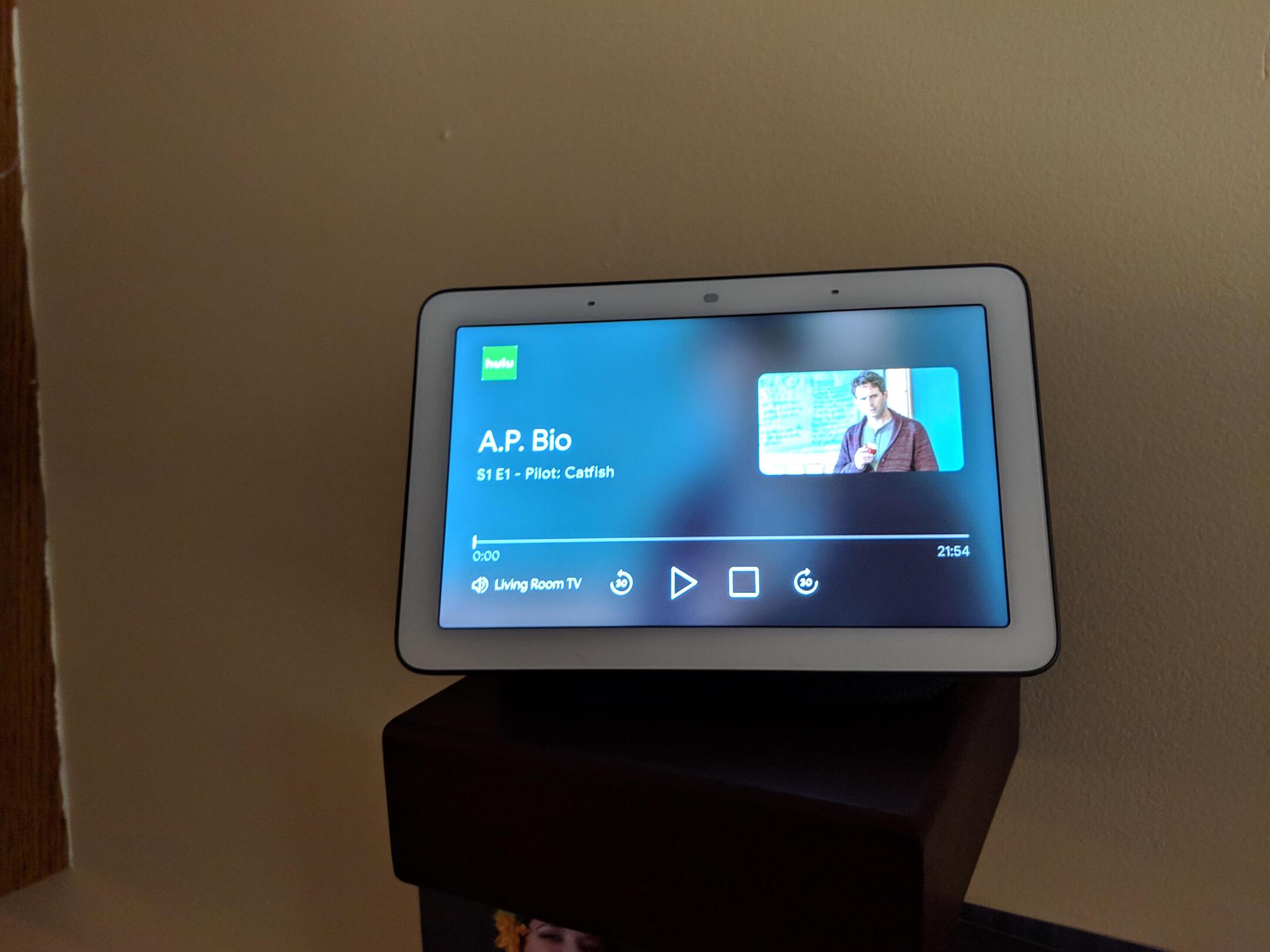
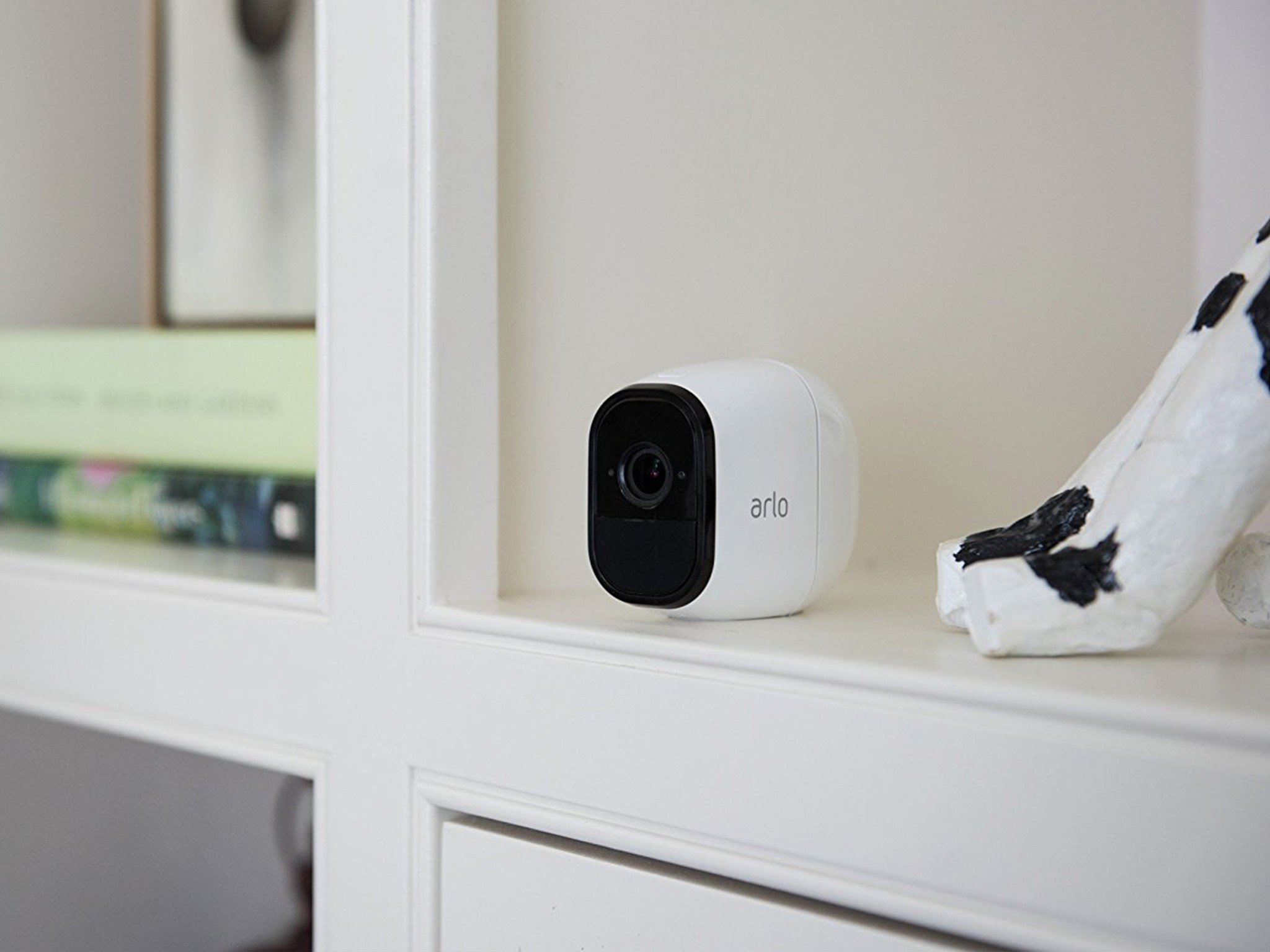
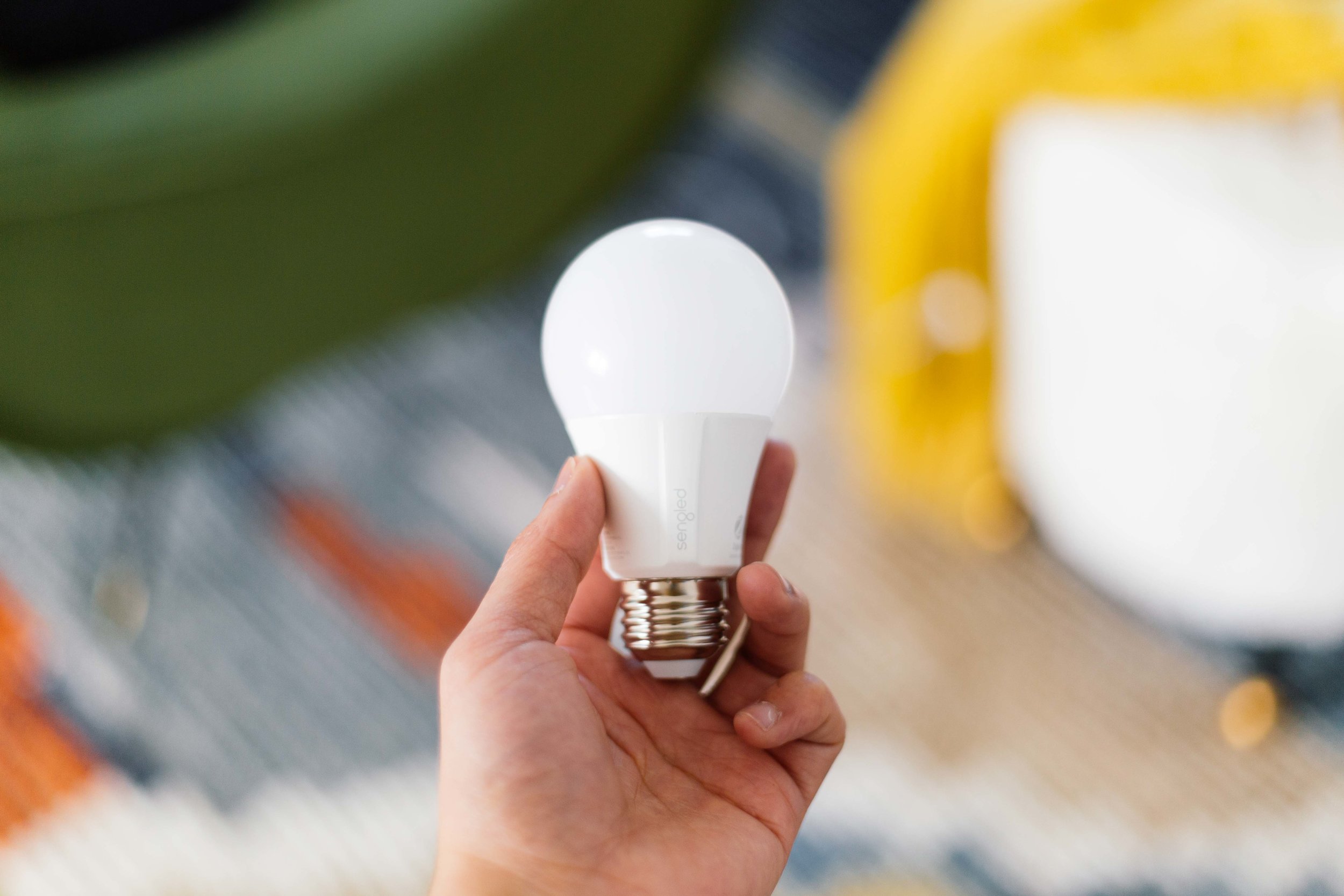
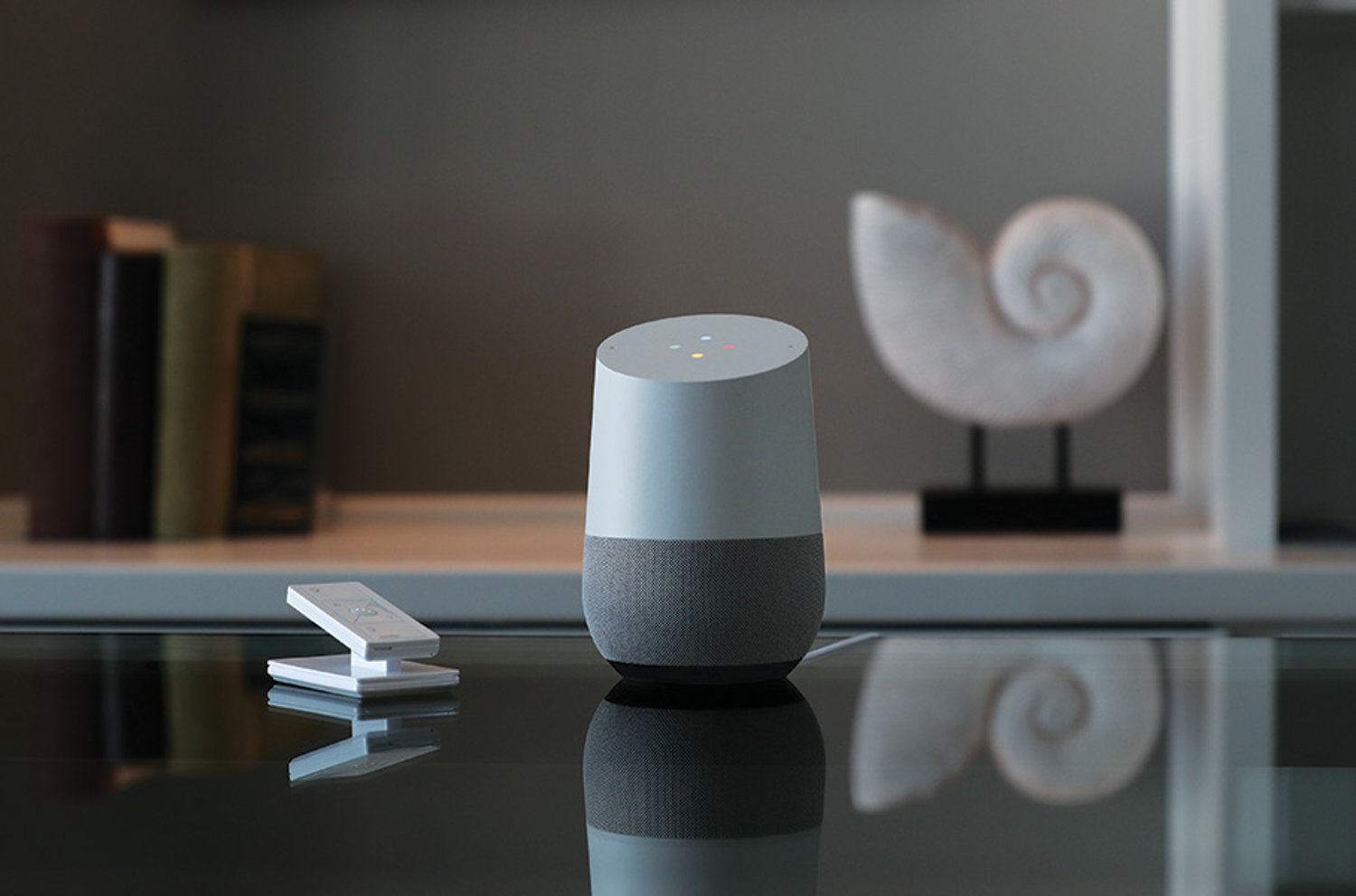

0 thoughts on “How To Connect To Google Home”